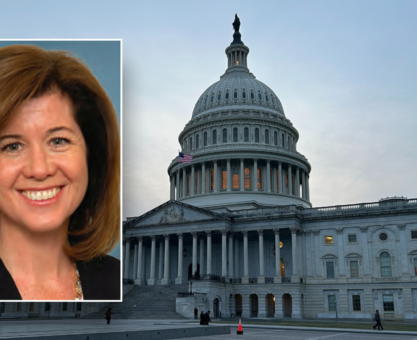In its 2023 annual report, Social Security announced that the program will run out of its surplus by 2035 if no changes are made by the government. The news caused some to believe that Social Security would “go broke” which is not entirely accurate.
Social Security is a pay-as-you-go system that receives revenue from FICA payroll taxes to cover the benefits it pays out. Since workers and employers will continue to pay FICA taxes, Social Security will not run out of money.
However, as the retiree population continues to grow, the surplus may run out if nothing is done to bolster the trust fund. To that end, President Biden has announced some proposed changes.
Reinstate The Payroll Tax On Income Above $400,000
The Social Security payroll tax contributes about 90% to the total revenue the Social Security program collects per year. It’s estimated that only 6% of workers actually reach the tax cap each year. In 2024, the maximum earnings subject to Social Security taxes is capped at $168,600. Those who earn more do not pay Social Security taxes on earnings above the cap.
To help increase the Social Security surplus, President Biden has proposed reinstating the payroll tax on earned income above $400,000 while leaving wages between $168,600 and $400,000 untaxed. This change is projected to increase Social Security revenue over time as more Americans move into high-earner status.
“Of course, enacting these changes will require bipartisan support in the U.S. Congress.”
Base The COLA Calculation On CPI-E Instead of the CPI-W
The Social Security administration uses the Consumer Price Index for Urban Wage Earners and Clerical Workers (CPI-W) to calculate yearly cost-of-living adjustments (COLAs). However, studies show that this calculation does not reflect the expenses retired Americans spend on the ever-rising cost of healthcare. Biden has proposed basing COLAs on the Consumer Price Index for the Elderly (CPI-E) which is a more accurate reflection on how retirees spend their income. This change can help protect elderly beneficiaries from running out of money in their later years.
Increase the Primary Insurance Amount
The “primary insurance amount” (PIA) is the benefit you would receive if you elect to begin receiving Social Security at your normal retirement age (also known as your full retirement age). To help with the rising expenses unique to retirees, President Biden proposes gradually increasing the PIA by 1% each year, starting at age 78 through age 82, until it reaches a total of 5%. Of course, enacting these changes will require bipartisan support in the U.S. Congress.
To learn more about your Social Security options, touch base with an FRC® trained advisor who understands your FERS benefits.


























